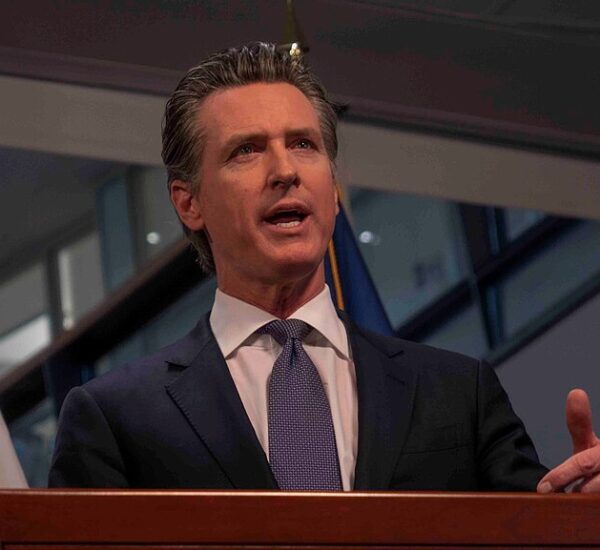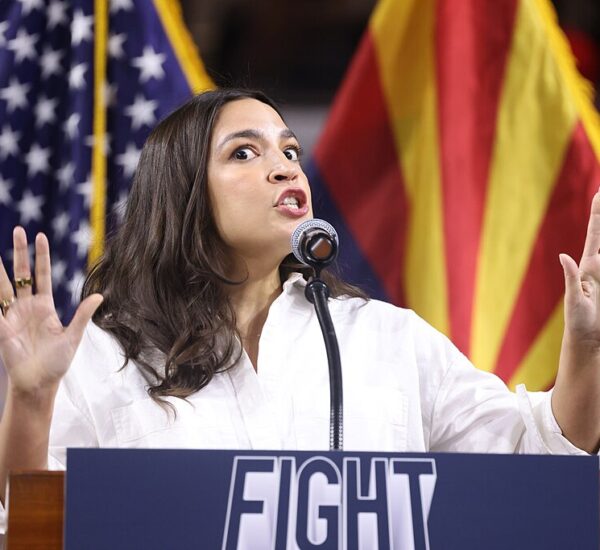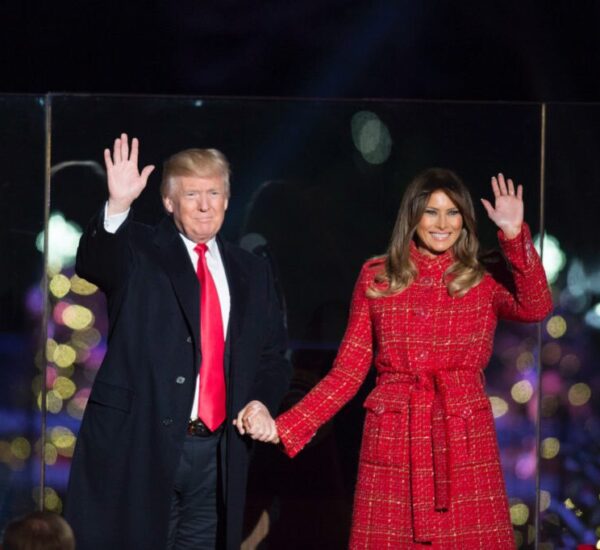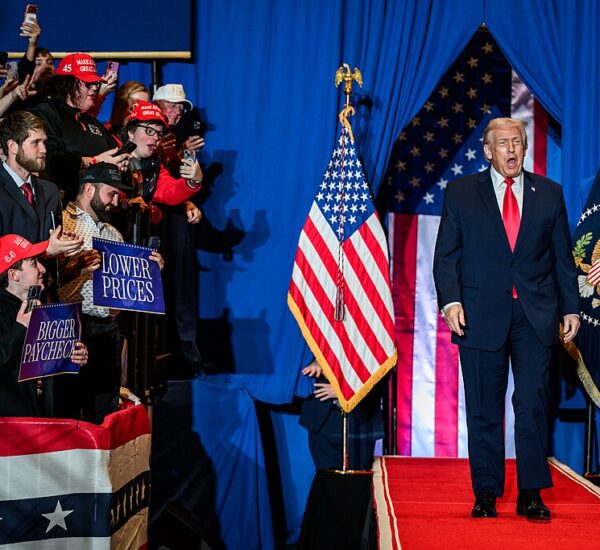Trump Asks Young Male Voters For Help
As Donald Trump shifts focus to his upcoming match against Kamala Harris, his campaign is banking on the support of younger male voters to secure victory in November. Despite the evolving dynamics of the race following President Joe Biden’s exit, Trump’s campaign remains confident that the core issues favor their candidate.
Three weeks ago, the political landscape looked markedly different with Biden still in the race. However, with Harris now at the helm for the Democrats, Trump’s team acknowledges the race is tighter but believes the underlying conditions still favor them. Many voters are frustrated with the current state of the nation and are particularly dissatisfied with the economy.
Tony Fabrizio, Trump’s campaign pollster, described the current situation as a “suspension of reality,” reflecting on the abrupt changes and how the campaign is navigating these new conditions. At a recent press conference at Mar-a-Lago, Trump downplayed Harris’s appeal, predicting that her initial momentum would wane and asserting that his campaign maintains significant enthusiasm and support.
Despite Harris’s strong fundraising efforts and her ability to energize the Democratic base, Trump’s campaign is undeterred. They reported raising $138.7 million in July, trailing behind Harris’s $310 million, but they believe their resources are adequate for their strategy. The campaign is honing in on a crucial segment of voters—particularly younger, moderate men and women of color—who are increasingly disillusioned with their financial prospects and the broader economic outlook.
To reach these voters, who tend to engage more with digital media than traditional news outlets, the Trump campaign is employing innovative tactics. This includes leveraging platforms like podcasts and working with popular internet personalities such as Adin Ross, who recently made headlines by gifting Trump a Tesla Cybertruck adorned with Trump-themed imagery.
While acknowledging Harris’s ability to rally the Democratic base, Trump’s team argues that she is failing to connect with swing voters. They plan to spend the next few months portraying Harris as a radical liberal and aligning her with unpopular policies from the Biden administration.
Trump’s campaign believes that, by Election Day, voters will be more focused on improving economic conditions than on candidate likability. They critique Harris’s slogan, “We are not going back,” as ineffective, suggesting it overlooks the fact that many voters felt better off during Trump’s presidency.
The campaign’s ground game is extensive, with staff and volunteers active in 18 states, including crucial battlegrounds and traditionally Democratic-leaning states like Virginia. They are using a model from their successful Iowa primary effort, where volunteers were instrumental in driving turnout.
The “Trump Force 47” initiative aims to mobilize low- and medium-propensity voters through canvassing, phone banking, and other grassroots efforts. So far, 12,000 volunteers have been trained, with an additional 30,000 expected to join by Election Day. The campaign is also relying on outside groups for canvassing and voter registration efforts, thanks to new Federal Election Commission guidelines that facilitate greater coordination between campaigns and external organizations.
In response, the Harris campaign has rapidly expanded its volunteer base and operational footprint. Dan Kanninen, Harris’s battleground director, criticized the Trump campaign for being slow to develop its operation and emphasized the importance of building relationships within communities over time. As the race tightens, both campaigns are working diligently to secure every possible advantage in what promises to be a fiercely contested election.






